CEFILOZA - Catálogo Gz
Moderador: Rein
- leonardoleidi
- Usuario Verificado

- Mensajes: 1571
- Registrado: 07 Abr 2008 20:11
- Colecciono: Compro por lista de faltas. Me interesan catálogos especializados de todo el mundo para clasificar variedades. También catálogos de sobres, vuelos, tarjetas postales, matasellos, historia postal, perforados y cualquier otra temática.
- Canje de Sellos: Si
- Ubicación: Ciudadela Sur, Buenos Aires, Argentina
- Contactar:
Re: CEFILOZA - Catálogo Gz
Maybe, reading your posts Rein, GZ will include them in the next update or soon!!!
Saludos a todos
Leonardo Daniel Leidi Mora
Leonardo Daniel Leidi Mora
- Rein
- Usuario Colaborador

- Mensajes: 6258
- Registrado: 13 Mar 2009 15:59
- Ubicación: Leiden, Netherlands
- Contactar:
Re: CEFILOZA - Catálogo Gz
Leonardo,leonardoleidi escribió:Maybe, reading your posts Rein, GZ will include them in the next update or soon!!!
I do hope so as all I want is a perfect Handbook for Argentina collectors and specialists. Gz is a very good step in that direction but will need some steering
saludos, Rein
- Rein
- Usuario Colaborador

- Mensajes: 6258
- Registrado: 13 Mar 2009 15:59
- Ubicación: Leiden, Netherlands
- Contactar:
Re: CEFILOZA - Catálogo Gz
In this version of Gz the term "dientes" was used!
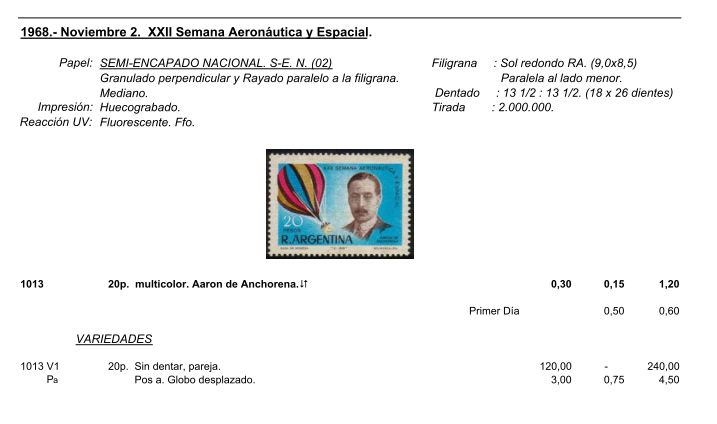
Dentado: 13 1/2:13 1/2 (18/26 dientes)
I would have thought the horizontal perforation be mentioned first and than the vertical!
It happens that other stamps have 18/25 dientes!
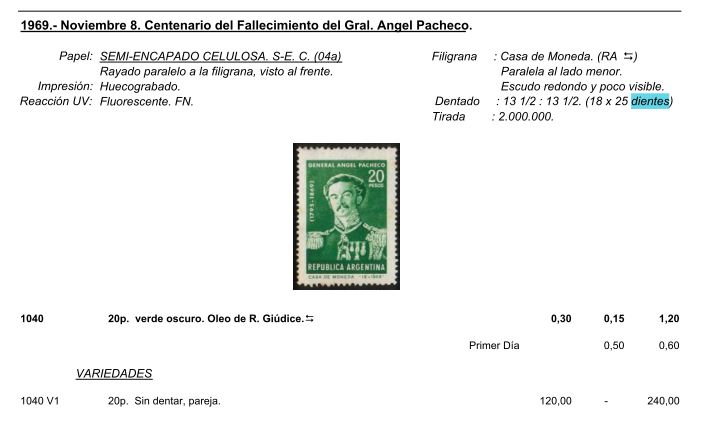
Here the order horizontal/vertical is OK! But what is the use of mentioning these teeth???
Quite simple as we have several sizes here that can be distinguished by counting the numbe rof teeth or by naming the size in mm! The 26 teeth here corresponds with the 39mm [as against 37.5mm] often mentioned by other publishers...
In the case of photogravure it can be used to denote the difference between the sheet-fed Mailander printings [18x25] or the reel-fed Goebel printing [18x26]! The Aeronautical Week stamp was the first stamp ever printed on the Goebel!!!
A minor detail that Gomez might tell his readers
to be continued ..

Dentado: 13 1/2:13 1/2 (18/26 dientes)
I would have thought the horizontal perforation be mentioned first and than the vertical!
It happens that other stamps have 18/25 dientes!

Here the order horizontal/vertical is OK! But what is the use of mentioning these teeth???
Quite simple as we have several sizes here that can be distinguished by counting the numbe rof teeth or by naming the size in mm! The 26 teeth here corresponds with the 39mm [as against 37.5mm] often mentioned by other publishers...
In the case of photogravure it can be used to denote the difference between the sheet-fed Mailander printings [18x25] or the reel-fed Goebel printing [18x26]! The Aeronautical Week stamp was the first stamp ever printed on the Goebel!!!
A minor detail that Gomez might tell his readers
to be continued ..
Re: CEFILOZA - Catálogo Gz
Rein:
Concerning paper of the 1864 Ruvadavias, it is of British origin as described in the commercial invoice accompanyong the shipment made on board of the steamshio "Paraná" sailed from Southampton to B.A. on Feb. 9th, 1864. Text concerning paper reads: "20 resmas papel "Cream Wove", hecho en moldes con marca de agua R.A., 200 veces en cada hoja, y cada resma 500 hojas, á 30/-- la resma....................................30.0.0
Hacer un por de moldes dobles para ídem dobles para ídem, con las letras R.A. repetidas 200 veces cada uno..........24.0.0
Cajón hoja de lata, etv..........................................0.9.6"
Above transcription does not permit to know who was the papermaker but it undoubtedly was British as I don`t think Gibbs imported the paper having so many paper mills in Britain.
Now, concerning the watermark, there is something I wnat to point out: the type of letters used in the R,A, are not the classic made out of welded wire but casted, as the R.A. copying the capital letters of English caligraphy, that is hand written, cannot be imitated by wires no matter how they are bent. I think this is a matter that Rivadavias collectors, for me, have overlloked. I never read a word about it. Saludos,
José
.
Concerning paper of the 1864 Ruvadavias, it is of British origin as described in the commercial invoice accompanyong the shipment made on board of the steamshio "Paraná" sailed from Southampton to B.A. on Feb. 9th, 1864. Text concerning paper reads: "20 resmas papel "Cream Wove", hecho en moldes con marca de agua R.A., 200 veces en cada hoja, y cada resma 500 hojas, á 30/-- la resma....................................30.0.0
Hacer un por de moldes dobles para ídem dobles para ídem, con las letras R.A. repetidas 200 veces cada uno..........24.0.0
Cajón hoja de lata, etv..........................................0.9.6"
Above transcription does not permit to know who was the papermaker but it undoubtedly was British as I don`t think Gibbs imported the paper having so many paper mills in Britain.
Now, concerning the watermark, there is something I wnat to point out: the type of letters used in the R,A, are not the classic made out of welded wire but casted, as the R.A. copying the capital letters of English caligraphy, that is hand written, cannot be imitated by wires no matter how they are bent. I think this is a matter that Rivadavias collectors, for me, have overlloked. I never read a word about it. Saludos,
José
.
- Rein
- Usuario Colaborador

- Mensajes: 6258
- Registrado: 13 Mar 2009 15:59
- Ubicación: Leiden, Netherlands
- Contactar:
Re: CEFILOZA - Catálogo Gz
José,Otin escribió:Rein:
Concerning paper of the 1864 Ruvadavias, it is of British origin as described in the commercial invoice accompanyong the shipment made on board of the steamshio "Paraná" sailed from Southampton to B.A. on Feb. 9th, 1864. Text concerning paper reads: "20 resmas papel "Cream Wove", hecho en moldes con marca de agua R.A., 200 veces en cada hoja, y cada resma 500 hojas, á 30/-- la resma....................................30.0.0
Hacer un por de moldes dobles para ídem dobles para ídem, con las letras R.A. repetidas 200 veces cada uno..........24.0.0
Cajón hoja de lata, etv..........................................0.9.6"
Above transcription does not permit to know who was the papermaker but it undoubtedly was British as I don`t think Gibbs imported the paper having so many paper mills in Britain.
Now, concerning the watermark, there is something I wnat to point out: the type of letters used in the R,A, are not the classic made out of welded wire but casted, as the R.A. copying the capital letters of English caligraphy, that is hand written, cannot be imitated by wires no matter how they are bent. I think this is a matter that Rivadavias collectors, for me, have overlloked. I never read a word about it. Saludos,
José
.
this sounds like hand-made paper!
The first Dutch stamps in 1852 had a sheet of 4 groups of 5x5; the watermark was one posthorn for every stamp plus a frame around the 4 borders of the sheet with the word "Postzegels" once on every margin!
Only these three stamps had a watermark, then only in 1924 the watermark was re-introduced this time on machine-made paper...
saludos, Rein
- Rein
- Usuario Colaborador

- Mensajes: 6258
- Registrado: 13 Mar 2009 15:59
- Ubicación: Leiden, Netherlands
- Contactar:
Re: CEFILOZA - Catálogo Gz
In the context of this thread!
Why is the first mate importado the German paper of 1896?????
We have an English paper with watermark "RA" here!!!
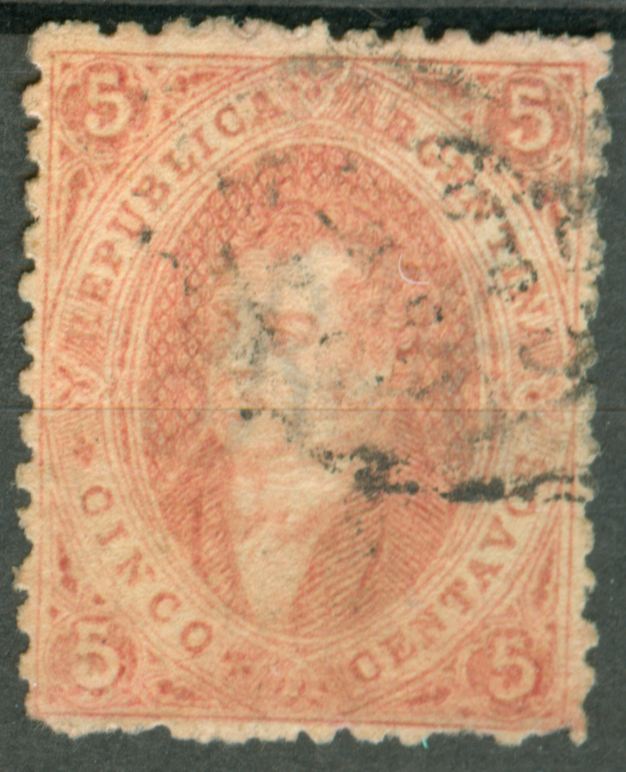
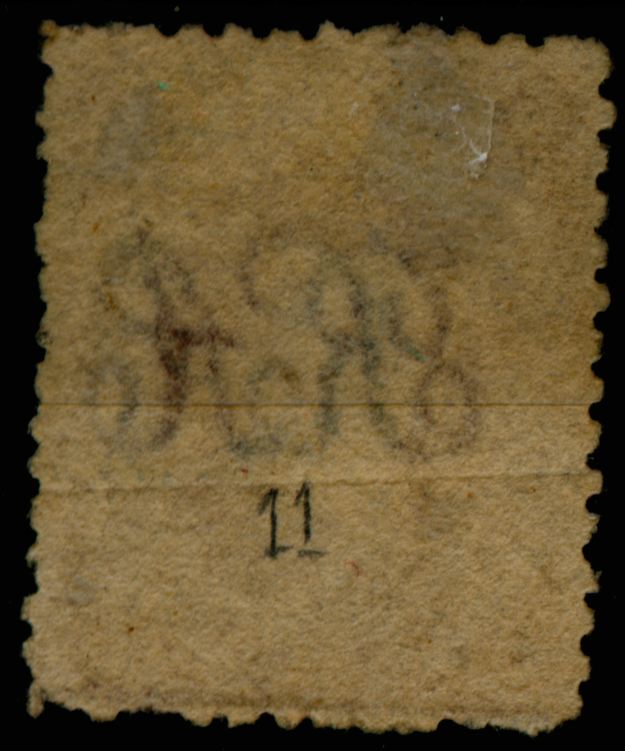
What about all the other stamp papers used before 1892????
to be continued ....
Why is the first mate importado the German paper of 1896?????
We have an English paper with watermark "RA" here!!!


What about all the other stamp papers used before 1892????
to be continued ....
- Rein
- Usuario Colaborador

- Mensajes: 6258
- Registrado: 13 Mar 2009 15:59
- Ubicación: Leiden, Netherlands
- Contactar:
Re: CEFILOZA - Catálogo Gz
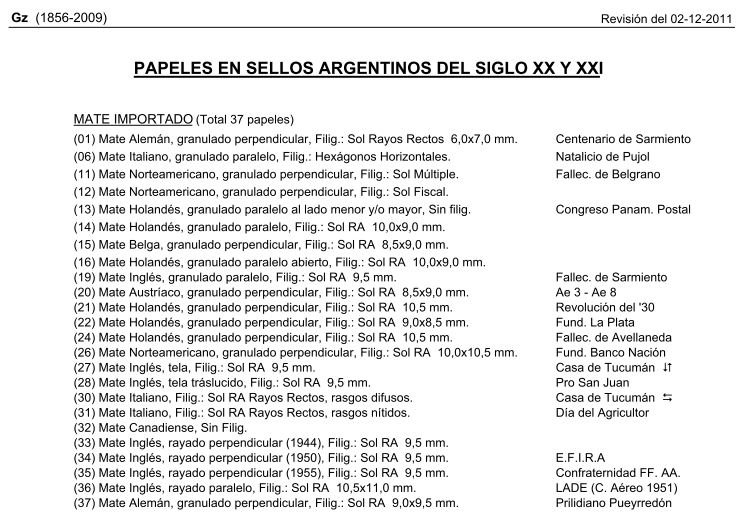
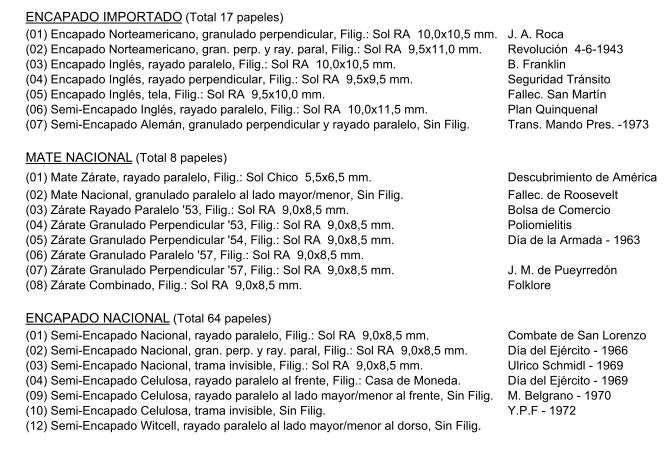
Having a type of paper in two groups without much of an explanation is asking for trouble!
MATE NACIONAL. (02) Sin Filigrana. Granulado paralelo al lado menor, abierto y bien
visible, mediano a delgado, algo traslúcido y poroso.
MATE CANADIENSE. (32) Sin Filigrana. Trama cerrada e invisible. Mediano a grueso, traslúcido y algo poroso.
What are the differences???? Paper mesh visible versus paper mesh invisible.... When visble maybe thinner [delgado]... But are these distinct features???? And are we certain that one brand of paper is coming form Canada????
to be continued ....
- Rein
- Usuario Colaborador

- Mensajes: 6258
- Registrado: 13 Mar 2009 15:59
- Ubicación: Leiden, Netherlands
- Contactar:
Re: CEFILOZA - Catálogo Gz
The unwatermarked papers have been denoted by Tony Rubiera as NGR and NOP - granulado when the rhombs are visible or opaco when no rhombs are visible.... Dario Bardi denotes NGR by SF 1/2 and NOP by SF 3.
In his Clasificacion [2008] Bardi is stil referring to the Canadian paper:
What all above unwatermarked papers have in common - that is most of the stamps involved in the period 1945-1948 - is that the paper has long, soft fibers that leave practically no grooves [surcos]!!! What can be seen are the rhombs of the paper wire that show as plenty of indents either at the back or at the front. Or on both sides but then the indents at the front are very shallow! It seems to vary with extremes showing the indents very clearly OR no indents at all! When you see no indents at all, there seem to be no traces of the paper wire as well! This might have to do with the thickness of the paper. A continuum here seems not unlikely...
So far I mentioned the types of paper having no GROOVES!
However, we do have paper without a watermark in this period with plenty of very obvious, long grooves!!! Either at the front or at the back of the stamp!
In the Catalog Gz this type of paper is OVERLOOKED!!!!
It has been taken for Canadian paper for the only commememorative with that type of paper: 1948.- Julio 31. Bicentenario de la Implantación del Correo Fijo en el Río de la Plata.
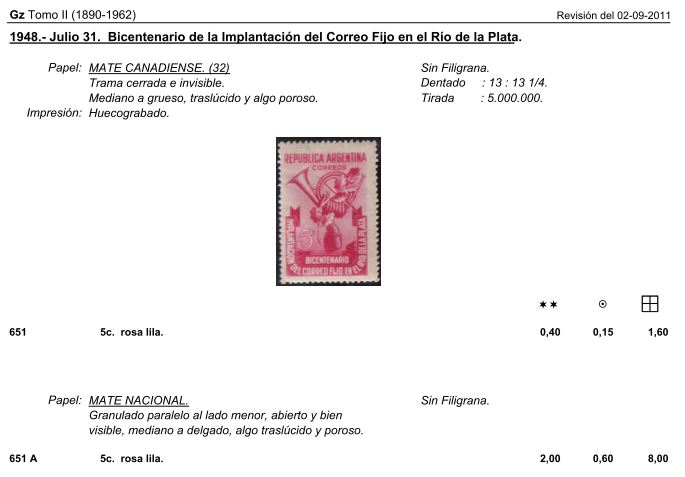
to be continued ...
In his Clasificacion [2008] Bardi is stil referring to the Canadian paper:
The Canadian paper is supposed to have some gloss due to calendering [satinado] but it is strange to emphasisze this aspect here as several other types of matt paper may have been calendered as well.
5. PAPELES MATES SIN FILIGRANA
Tipos de papeles
Se trata de grupo de papeles de origen nacional, mates y de calidad regular, salvo el satinado canadiense que como se verá al describirlo, que sería de ese origen.
5.1. Sin Filigrana Grené – Sin Filigrana Granulado
Se utilizó en el período 1945/49. Posee una trama porosa, granular de tipo romboidal, generalmente muy abierta y visible (de ahí lo de “grené”), aunque por “taponamiento” de los poros en muchos casos aparecen los gránulos no tan
definidos. Como ejemplos de este tipo de papel podemos citar a los bloques 6 y 7 del ex Catálogo Petrovich .
Admite dos variantes según la orientación de los gránulos:
5.1.1. Grené trama paralela al lado mayor
5.1.2. Grené trama paralela al lado menor
Lógicamente, como su nombre lo indica, la diferencia entre uno y otro está en la dirección del granulado.
5.2. Sin Filigrana de Trama Cerrada
Este papel es también del período 1945/49. Como su nombre lo indica la trama es completamente cerrada, invisible mirada al trasluz, salvo por una cantidad variable de pequeños puntos - micronésimos y luminosos con luz de frente - distribuidos sin ningún ordenamiento. No se ha encontrado un conmemorativo que haya sido emitido sólo con este tipo de papel.
Para algunos especialistas este papel proviene de la deficiente calidad de los papeles nacionales sin filigrana, lo que originó con el tiempo el “taponamiento” prácticamente total de los poros del papel grené descripto en 5.1. Lo cierto es que aunque así sea, el resultado es un papel con una trama visualmente muy distinta, acompañada generalmente con un evidente aumento del espesor del papel. Esto último es tan así, que se puede individualizar una variante en papel muy grueso, casi “cartón”, generalmente con dentado muy irregular por la dificultad de perforar el papel, que aparece en el período 1945/48 (los sellos con esta variante se individualizan en la tabla con una llamada)
5.3. Papel Satinado Canadiense
Si bien su presunta procedencia canadiense es un dato a confirmar, el uso y la costumbre han hecho que se lo conozca con este nombre. Aparece en los años 1947/48 y es del tipo trama cerrada, pero se diferencia del común que describimos
en 5.2 en que presenta una superficie sin encapar pero con cierto brillo, que en algunos ejemplares puede llegar a ser relativamente intenso. De todas formas al no haber encapado se trata de un satinado, según la terminología que hemos acordado en la Introducción del presente documento.
What all above unwatermarked papers have in common - that is most of the stamps involved in the period 1945-1948 - is that the paper has long, soft fibers that leave practically no grooves [surcos]!!! What can be seen are the rhombs of the paper wire that show as plenty of indents either at the back or at the front. Or on both sides but then the indents at the front are very shallow! It seems to vary with extremes showing the indents very clearly OR no indents at all! When you see no indents at all, there seem to be no traces of the paper wire as well! This might have to do with the thickness of the paper. A continuum here seems not unlikely...
So far I mentioned the types of paper having no GROOVES!
However, we do have paper without a watermark in this period with plenty of very obvious, long grooves!!! Either at the front or at the back of the stamp!
In the Catalog Gz this type of paper is OVERLOOKED!!!!
It has been taken for Canadian paper for the only commememorative with that type of paper: 1948.- Julio 31. Bicentenario de la Implantación del Correo Fijo en el Río de la Plata.

to be continued ...
- leonardoleidi
- Usuario Verificado

- Mensajes: 1571
- Registrado: 07 Abr 2008 20:11
- Colecciono: Compro por lista de faltas. Me interesan catálogos especializados de todo el mundo para clasificar variedades. También catálogos de sobres, vuelos, tarjetas postales, matasellos, historia postal, perforados y cualquier otra temática.
- Canje de Sellos: Si
- Ubicación: Ciudadela Sur, Buenos Aires, Argentina
- Contactar:
- Rein
- Usuario Colaborador

- Mensajes: 6258
- Registrado: 13 Mar 2009 15:59
- Ubicación: Leiden, Netherlands
- Contactar:
Re: CEFILOZA - Catálogo Gz
Long grooves at the front!
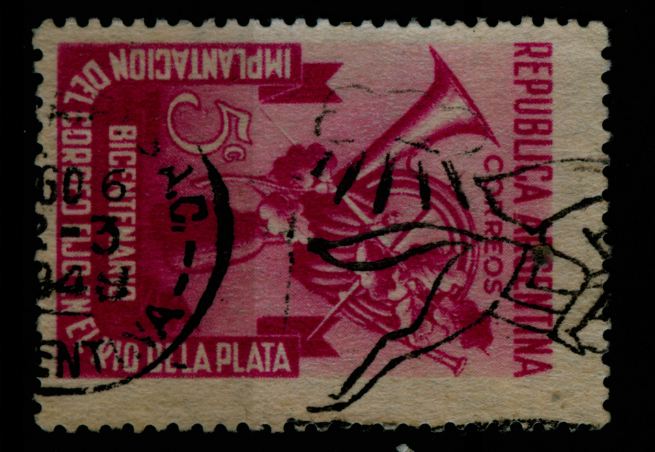
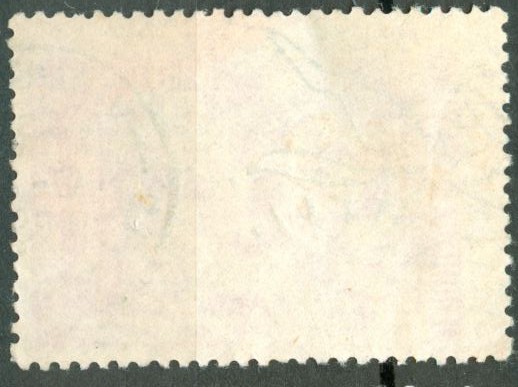
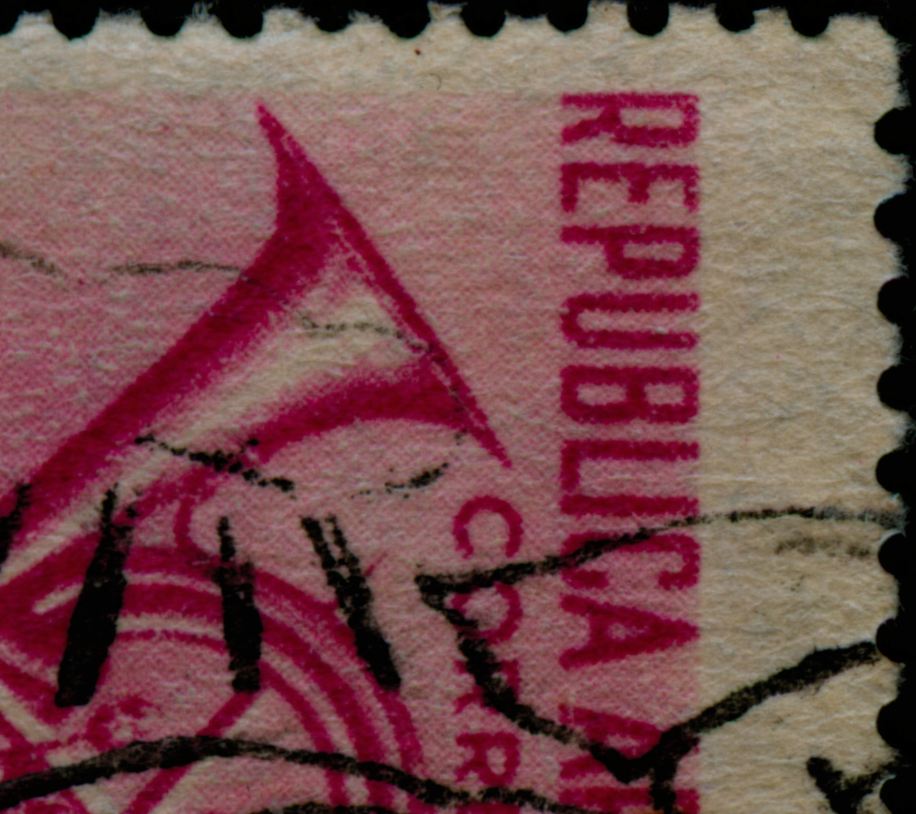
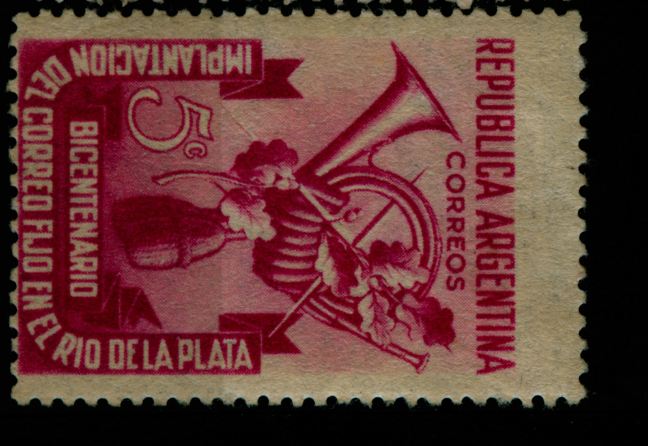
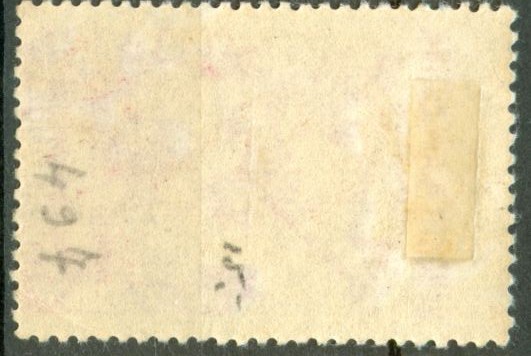
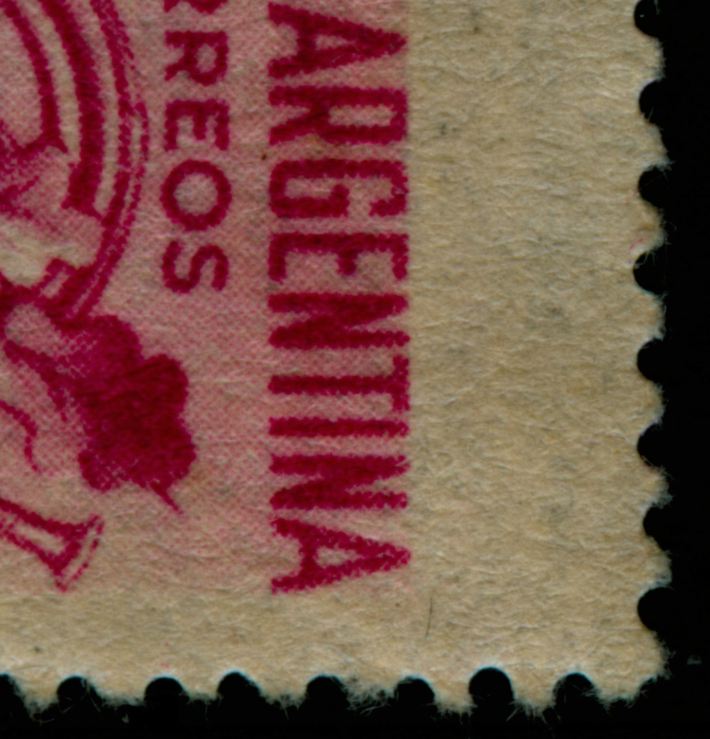
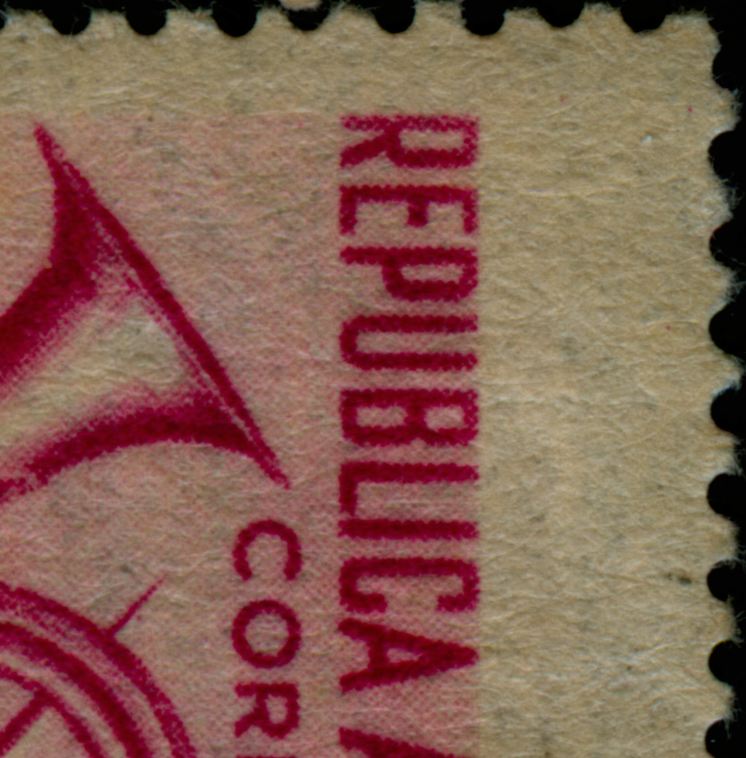
to be continued ...







to be continued ...
- Rein
- Usuario Colaborador

- Mensajes: 6258
- Registrado: 13 Mar 2009 15:59
- Ubicación: Leiden, Netherlands
- Contactar:
Re: CEFILOZA - Catálogo Gz
Long grooves at the back!
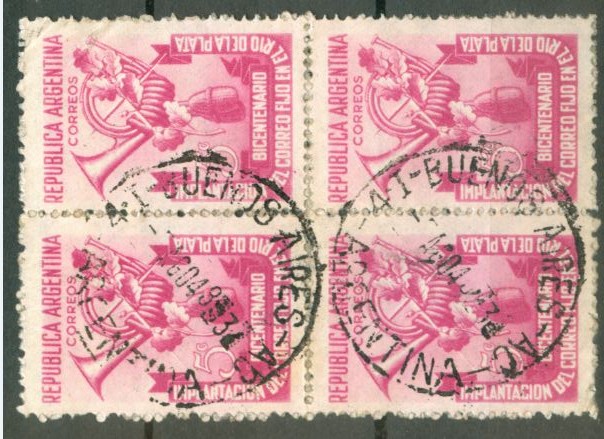
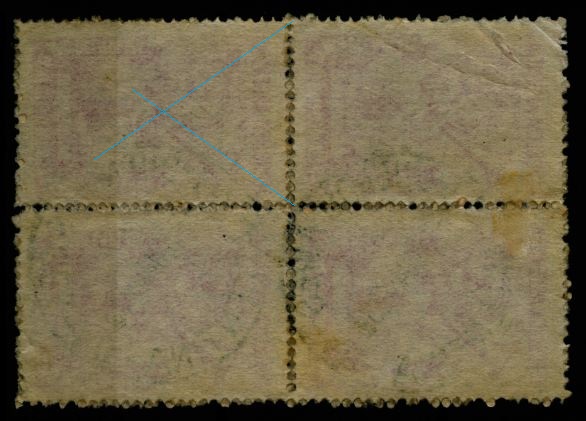
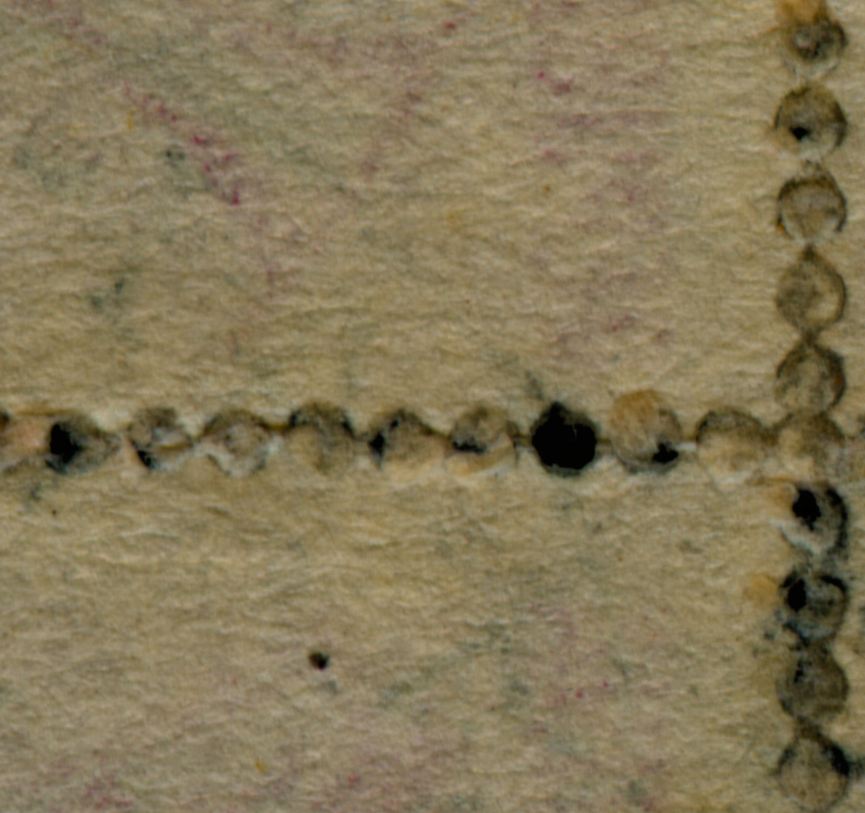
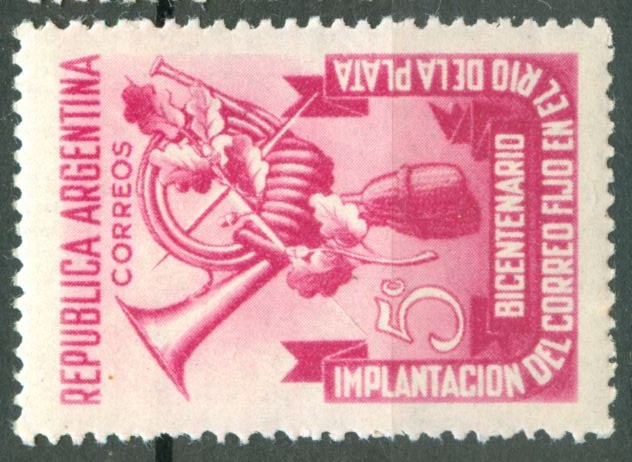
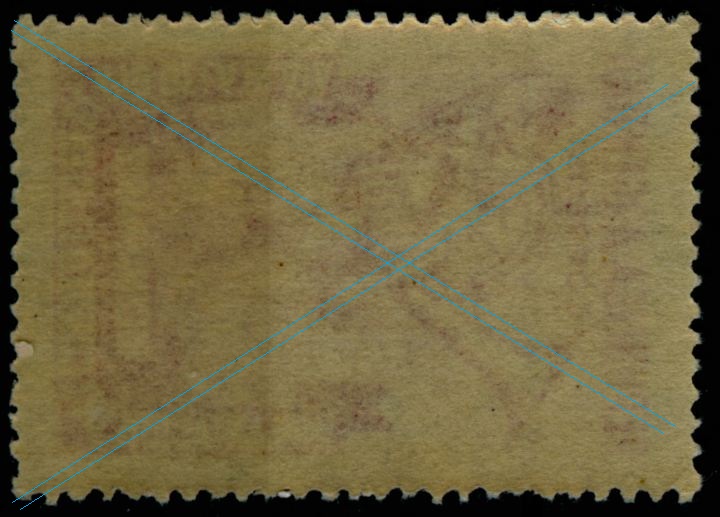
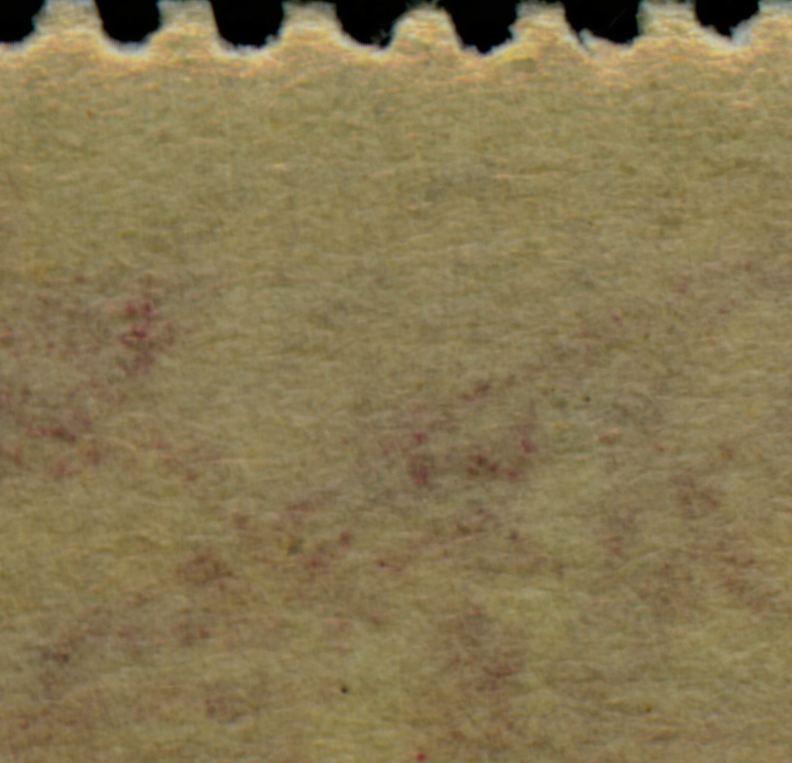
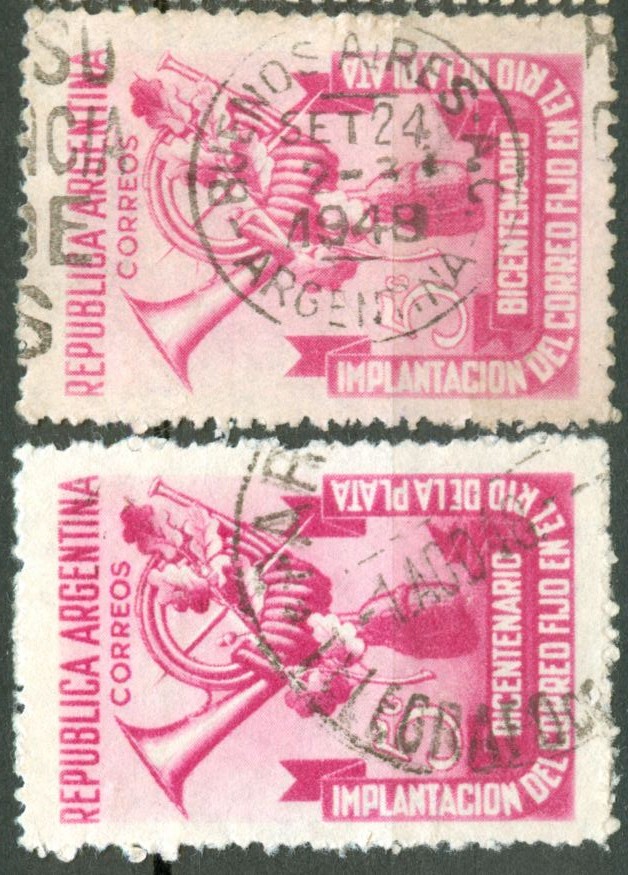
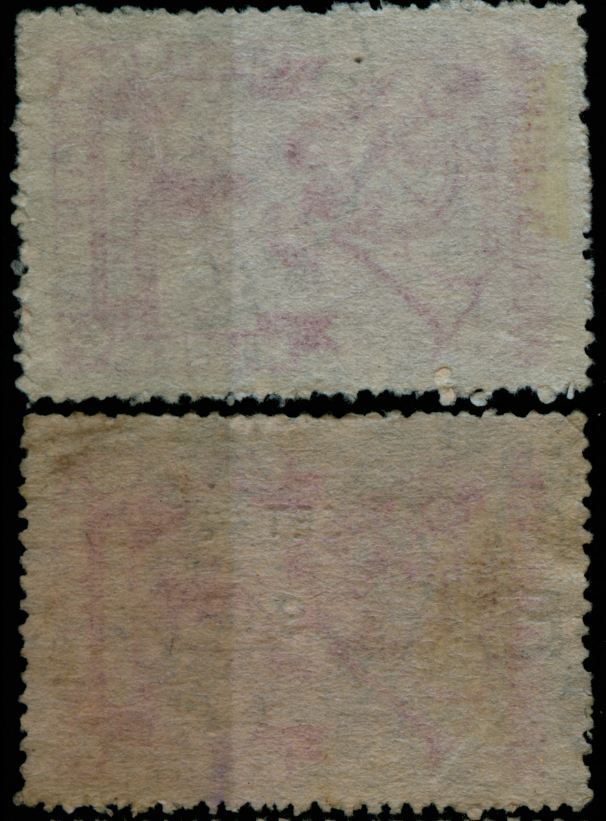
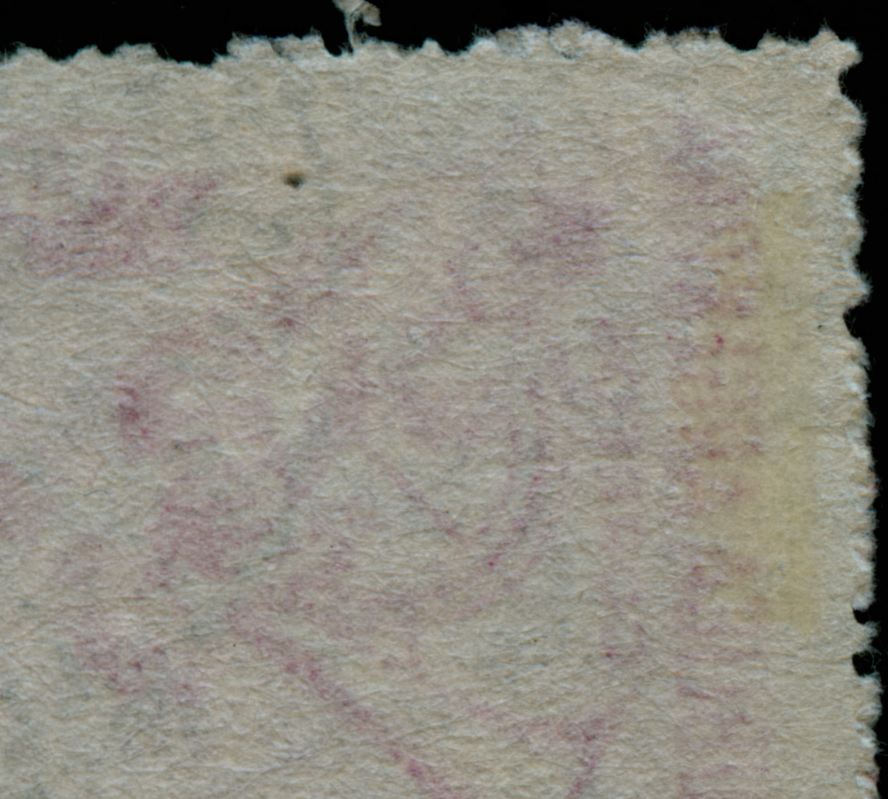
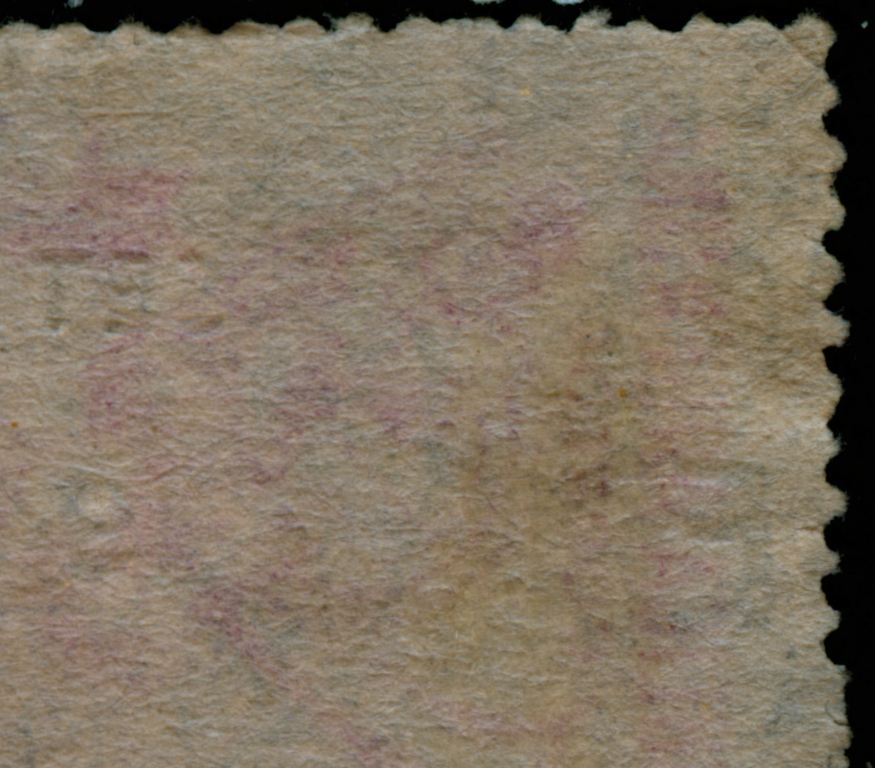
to be continued ...










to be continued ...
- Rein
- Usuario Colaborador

- Mensajes: 6258
- Registrado: 13 Mar 2009 15:59
- Ubicación: Leiden, Netherlands
- Contactar:
Re: CEFILOZA - Catálogo Gz
all my stamps of this issue have the same type of paper!
No watermark, symmetrical paper wire, direction of paper parallel to the long side of the stamp [M, mayor] and EITHER the grooves at the front OR at the back!

What Carlos Raul Gomez calls "mate nacional" has the granulado parallel to the small side [lado menor]. He can not say a thing about the direction of paper of the so-called "mate Canadiense" but all my stamps will no doubt belong to this group with the "eje de enrollamiento" M!!!
As can be seen be the stamps with the blue lines they are all GRANULADO! Not all of them have so clearly vislble rhombs, OK! But there no Trama Cerrada for 100%!
These stamps with the long grooves are on a so far not published type of paper that chronologically might be denoted by SF 4!!! So in the period 1945-1948 we have: SF 1/2, SF 3 and SF 4!!!
In the next postings I will show some P&R I stamps with SF 4....
to be continued....
No watermark, symmetrical paper wire, direction of paper parallel to the long side of the stamp [M, mayor] and EITHER the grooves at the front OR at the back!

What Carlos Raul Gomez calls "mate nacional" has the granulado parallel to the small side [lado menor]. He can not say a thing about the direction of paper of the so-called "mate Canadiense" but all my stamps will no doubt belong to this group with the "eje de enrollamiento" M!!!
As can be seen be the stamps with the blue lines they are all GRANULADO! Not all of them have so clearly vislble rhombs, OK! But there no Trama Cerrada for 100%!
These stamps with the long grooves are on a so far not published type of paper that chronologically might be denoted by SF 4!!! So in the period 1945-1948 we have: SF 1/2, SF 3 and SF 4!!!
In the next postings I will show some P&R I stamps with SF 4....
to be continued....
- leonardoleidi
- Usuario Verificado

- Mensajes: 1571
- Registrado: 07 Abr 2008 20:11
- Colecciono: Compro por lista de faltas. Me interesan catálogos especializados de todo el mundo para clasificar variedades. También catálogos de sobres, vuelos, tarjetas postales, matasellos, historia postal, perforados y cualquier otra temática.
- Canje de Sellos: Si
- Ubicación: Ciudadela Sur, Buenos Aires, Argentina
- Contactar:
- Rein
- Usuario Colaborador

- Mensajes: 6258
- Registrado: 13 Mar 2009 15:59
- Ubicación: Leiden, Netherlands
- Contactar:
Re: CEFILOZA - Catálogo Gz
Long grooves at the front!
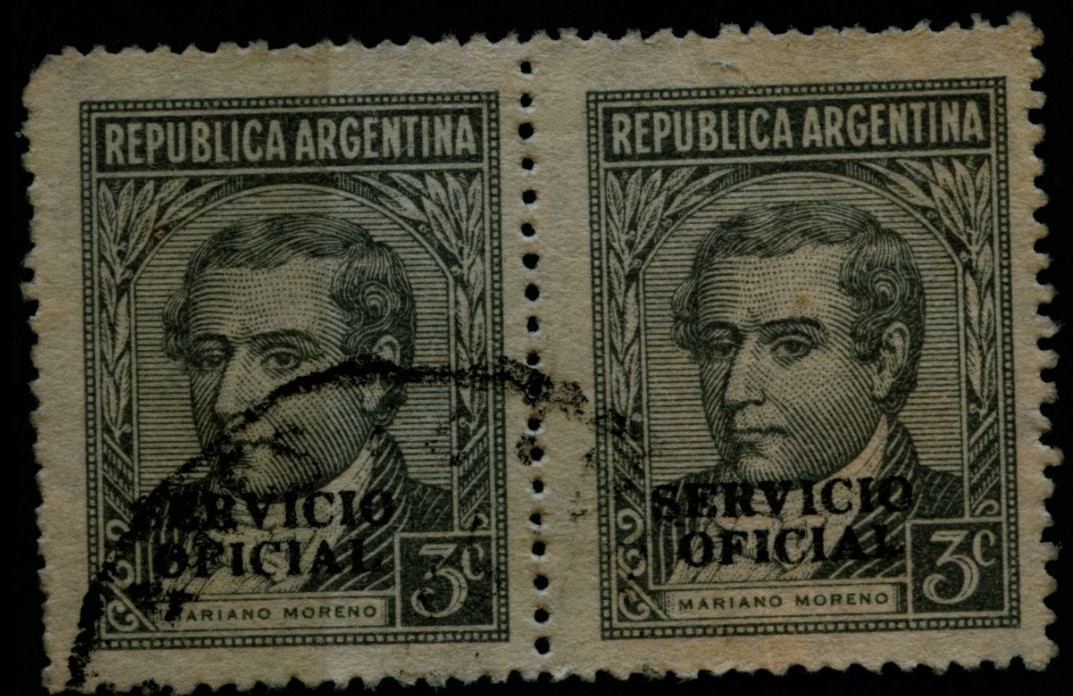
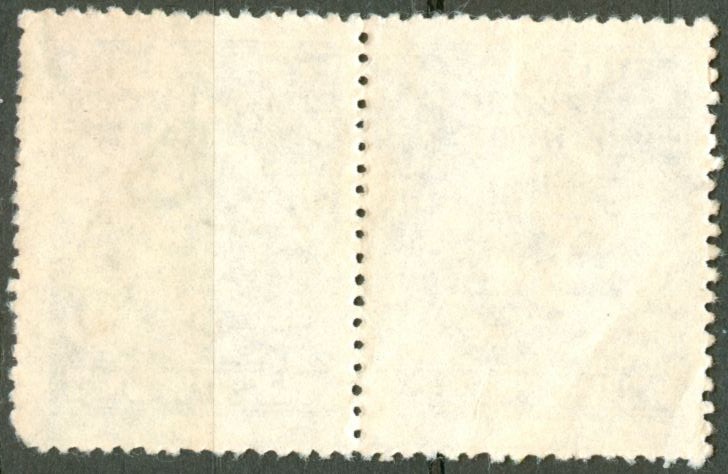
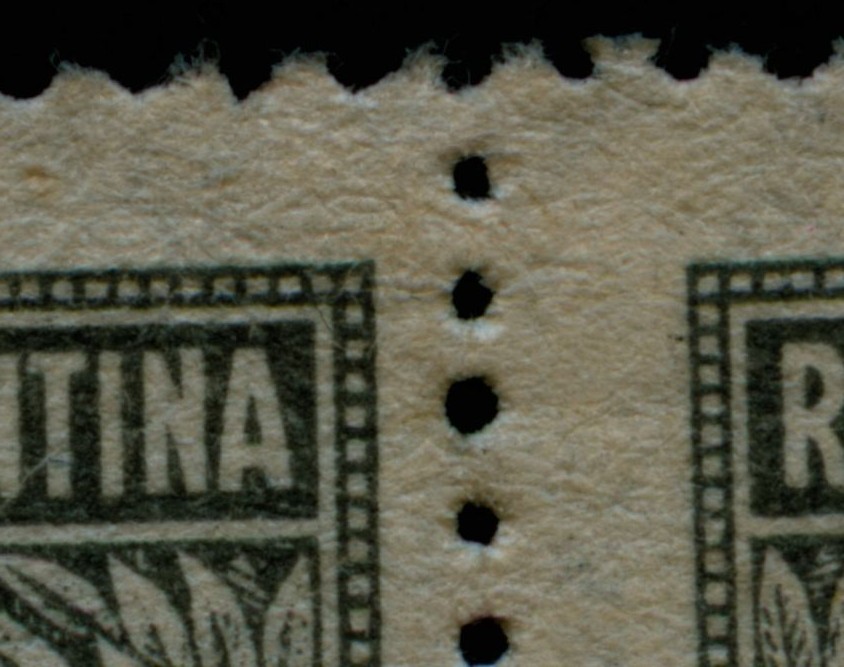
to be continued ...



to be continued ...
- Rein
- Usuario Colaborador

- Mensajes: 6258
- Registrado: 13 Mar 2009 15:59
- Ubicación: Leiden, Netherlands
- Contactar:
Re: CEFILOZA - Catálogo Gz
Long grooves at the front!
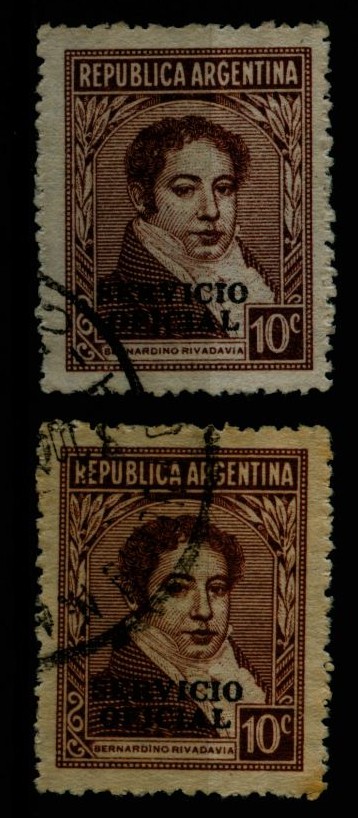
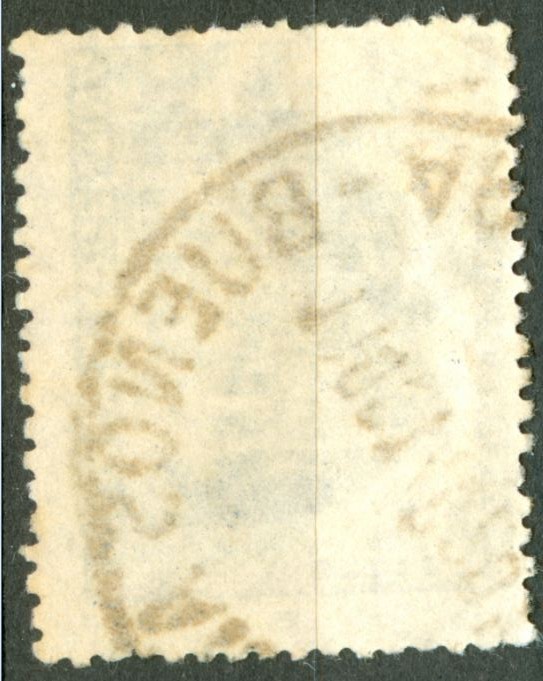
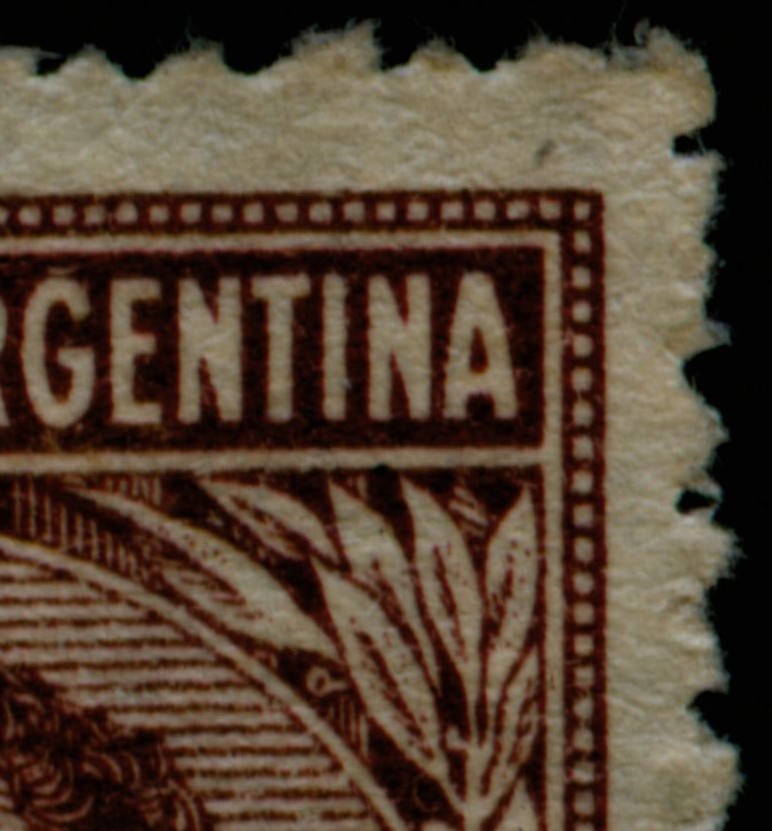
to be continued ...



to be continued ...